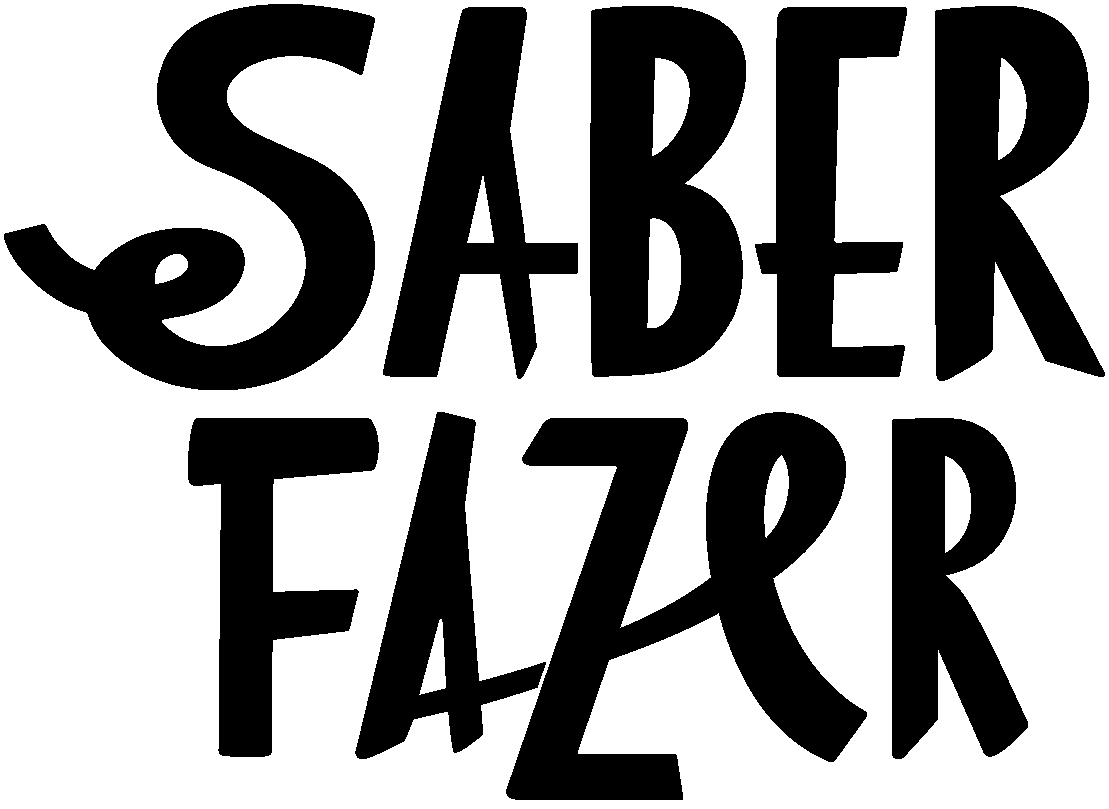A dupla tosquia
Uma coisa que me tinha vindo a confundir até há pouco tempo era a dupla tosquia anual, como descrevi aqui.
O velo, para ser cortado e usado para lã tem de ter um comprimento mínimo, por isso ainda não tinha percebido como é que se tosquiavam duas vezes ovelhas como as bordaleiras, para obter a tal lã de S.Miguel.
E a verdade é que não se tosquiavam. A dupla tosquia só se fazia nos rebanhos de ovelhas bravas, que são as Churras do Minho nesta região, e que era a raça mais comum. O velo destas é comprido e, entre Maio e Setembro cresce o suficiente para ser de novo tosquiado, ou “estoquiado” como dizem por aqui.
A lã tosquiada duas vezes não só era útil porque permitia fazer o trabalho de fiar a teia e a trama em duas ocasiões separadas, como era mais macia por não ter estado tanto tempo exposta aos elementos - era importante obter a lã mais macia porque a ovelha brava tem naturalmente uma lã mais áspera e rústica.
Outra razão para tosquiar as ovelhas bravas no final do Verão era para evitar que o pêlo acumulasse humidade pela altura do Outono e do Inverno, o que o poderia fazer apodrecer ou ganhar doenças. Pêlo curto, pêlo seco.
Actualmente, com as ovelhas meirinhas, que correspondem a várias raças com velo mais macio que as bravas, a tosquia faz-se apenas uma vez por ano em Maio, e quem ainda trabalha a lã guarda-a durante todo o ano para a ir transformando.
One thing that had been confusing me was the double shearing per year, as I described here.
The fleece, to be sheared and used for wool need to be at a minimum lenght, so I didn’t understand how they could shear the "meirinha" sheep twice a year.
Well, they weren’t. The double shearing was only made when they had mostly wild sheep, whose fleece grows long enough to be cut once in May and again in by the end of August.
Shearing the sheep twice was not only useful because it allowed the women to spin the weft and the warp for the blankets in two separate occasions, but also because it was softer because it hadn’t been exposed to the elements for so long - obtaining softer wool was importante because the wild sheep have a harsher wool than the domesticated sheep.
Another reason to cut the wool by the end of the summer was to avoid the long fleece to be constantly wet during autumn and winter. This would make the fleece rot or provoke other diseases. Short fleece, dry fleece.
Nowadays, the “meirinha” sheep, that are more domesticated, are sheared only once a year in May and the fleece is kept during the year to be transformed.


